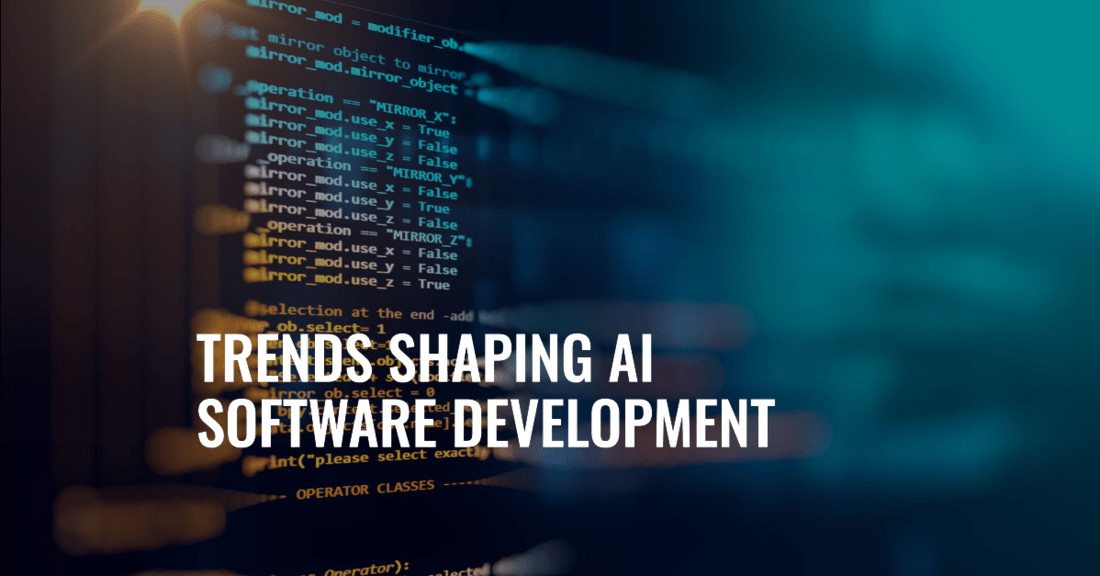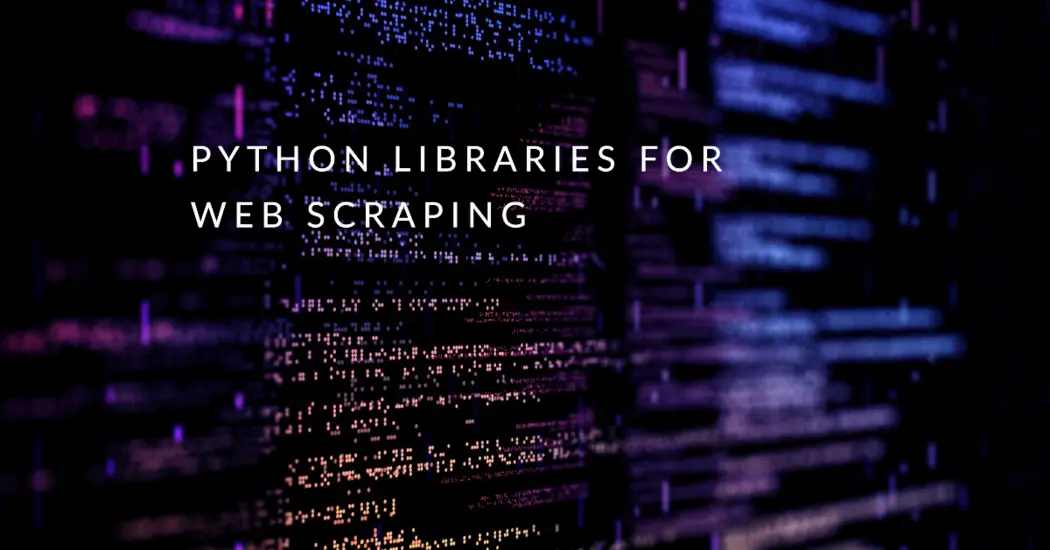The advent of Artificial Intelligence (AI) has continued to influence changes in different parts of the globe. Recent years have seen immense interest in the use of AI either as a result of it facilitating new pathways in research or commercial production. From healthcare to finance and education to entertainment, AI has now become a crucial area in research, which drives significant changes in our lives, businesses, and ways of working. Given the inevitable march to the future, dominated by digital dominance, AI use, and potential, it is only logical to understand a set of trends currently in play. Understanding these trends is critical for business planners and individuals who will definitely be impacted by these changes. This article will examine the trends, especially the applications of AI in different business sectors.
AI and Machine Learning: The Cornerstones of Innovation
Machine learning (ML), a subfield of AI, is responsible for one of the most impactful waves of innovation in AI software development. ML algorithms learn from data, get better at their tasks with practice and predict or decide about future inputs without being explicitly programmed. It’s being used, for instance, to drive recommendation engines in e-commerce (‘others who bought this also bought…’), or fraud detection in finance.
One of these trends is the application of deep learning algorithms involving complex neural networks with many layers of processing units (hence ‘deep’). The latest deep learning models outperform human experts in tasks such as image and speech recognition, natural language processing (NLP), and even autonomous driving. Bringing AI to new applications is likely to become faster, especially as the power of computers and the availability of data continue to increase.
Natural Language Processing and Conversational AI:
The second is another ‘core’ area of AI that is rapidly advancing, and that helps to make AI’s interaction with its user more natural and human-like. This is in Natural Language Processing (NLP) – understanding and interpreting human language — and encompasses the ability to generate human-sounding texts as well. It lies under a lot of the technology we now take for granted, such as the virtual assistants (eg, Siri and Alexa), chatbots and even translation services.
One promising recent advance in NLP is the burgeoning of the large language models that power very believable human-sounding responses – such as OpenAI’s GPT-4, Google’s BERT and others – trained on massive amounts of text data. These are particularly crucial to take the quality of conversational AI to the next level, allowing for more rounded, thought-provoking and enjoyable interactions between humans and machines. The more we refine such models, the better.
AI in Healthcare: Transforming Patient Care
One such field of influence is healthcare, where AI tools are in use to improve diagnostics and tailor treatment, among other purposes. For instance, artificial-intelligence algorithms can spot the signs of diseases, such as cancer, at a very early stage within medical images, sometimes even better than human physicians do. Predictive analytics, meanwhile, can help to identify patients at risk of developing chronic conditions so that preventive treatment can be initiated.
Furthermore, AI is helping to create personalised medicine through genetic and lifestyle analysis to offer patients more effective medication with fewer side effects. As the technology becomes more fully developed, AI’s role is likely to grow in healthcare, as well.
Autonomous Systems and Robotics:
Autonomous systems and robotics hold another promise in AI development. This machine can be used in many spaces such as manufacturing, logistics and transportation, agriculture and retail stores. Autonomous vehicles are the most famous version of these technologies with the promise of reducing the number of accidents, easing traffic, and reducing air emission.
Manufacturing is getting a major facelift with AI-powered robots improving output and precision, taking on dangerous and repetitive tasks for humans. Meanwhile, agriculture is benefitting from AI drones and robots for planting, crop monitoring and harvesting, making operations more efficient and sustainable. With every new advance, we should expect innovative uses for these types of technologies to emerge.
Ethical AI: Ensuring Fairness and Transparency
Given the increasingly omnipresent nature of AI technologies, paired with rising concerns about the potential for unintended consequences and even misuse of AI, there is an emerging awareness about a pressing need to start to develop these technologies with a greater sense of ethical considerations. Ethical AI can be understood in terms of concerns about bias, transparency and accountability, which are all understandably connected to whether or not AI systems are fair and trustworthy. Bias in AI can be introduced at the stage of data generation, both with regard to the underlying patterns captured and relatively simple errors or bugs.
Transparency is another important pillar of ethical AI. People who use AI systems should have insight into the underlying mechanisms behind the system – particularly for life-changing decisions such as healthcare or criminal justice. Explainable AI (XAI) is a growing field of research that seeks to design AI systems in a way that allows for the verbalisation of inference chains so they can be easily understood by human beings. Explaining the process of how AI arrives at its answers will help foster confidence in both the algorithms and in outcomes.
AI and the Internet of Things (IoT): A Powerful Combination
AI along IoT is bringing new possibilities for smart, connected devices. IoT refers to the growing network of physical objects – ‘things’ – embedded with technology to communicate or sense and collect data over the internet. Here, AI helps devices analyse the data in real time, enabling intelligent and autonomous decision making. For example, it can automatically control systems or update other relevant systems in response to certain criteria.
A smart home is a well-known example of AI and IoT in action, where devices such as smart thermostats, security cameras and voice assistants detect and learn the preferences of a user (via AI) so that they perform the best for their comfort and security. Similarly, in factories or industrial sites, AI-powered IoT systems can monitor the faults or failures of equipment, predict them, and optimise the maintenance schedules so that the downtime is minimal and the costs associated are reduced. It is clear that, as AI and IoT will continue to evolve, their combination will bring disruptive changes in automation and connectivity.
AI in Finance: Enhancing Efficiency and Security
Another sector is finance. There, AIs are being used to comb through large amounts of financial data, spot emerging patterns and predict what will happen next in order to help financial institutions make the right investments, mitigate risk, identify fraud, or automate trading processes. AI-assisted or automated trading systems, for example, can quickly execute trades for a firm before others bid prices up or get their hands on news first.
Artificial intelligence (AI) is also being deployed to help detect and prevent fraud. Machine learning models can sift through transaction data and alert financial institutions of red flags before fraudsters can act. Smart chatbot technology, a form of AI, is also allowing financial firms to offer a better customer experience by providing instant, personalised support and recommendations. As the financial industry becomes increasingly digital, the scope for AI will also grow, enabling new ways for firms to make processes more efficient and secure.
AI in Education: Personalizing Learning Experiences
Heavy as education’s foundations might be, now AI is helping spread its wings. This is transformative because education done well develops rich skills in students: the ability to notice things, to manage their time and multitask, to think abstractly, take in a mass of information and facts, and extract the essence of it and transform it for problem solving, persuasion, or entertainment. AI can help the process along. Intelligent tutoring systems, for instance, can test out students and personalise their lessons, pinpointing areas where they advance quickly, and others where they struggle.
AI is also being used to automate other ‘enabling’ tasks, so that educators can spend more time on teaching. For example, AI systems can grade assignments, monitor students’ pace and performance and identify those who might benefit from extra support. AI-powered analytics can provide insight that can help institutions better understand educational trends and outcomes, and make decisions about enhancing or changing their programmes to meet students’ needs and interests. In the future, as AI advances, it will have even more potential to help educators support lifelong learning.
AI and Climate Change: Addressing Global Challenges
Ai is quickly going to be one of the most important tools for combating climate change, with algorithms being developed to mitigate human impact on the environment, manage resources and lead to more sustainable lifestyles. Climate data can be analysed by ai algorithms to anticipate future weather patterns, help prevent natural disasters and track environmental changes. Ai can help correct human footprints in the environment by managing energy use in buildings to cut down on power costs, using energy more efficiently and reducing carbon emissions.
In agriculture, AI can help boost crop yields and reduce waste through analyses of soil conditions, weather forecasts and other factors. Silicon-driven technologies now also play a key role in developing and optimising renewable energy sources (wind and solar power, for example), and improving their introduction into the grid. AI should already enable us to build a more resilient and environmentally friendly future.
The Role of AI Software Development Companies
These advancements would certainly have been less likely without software development companies specialising in developing AI solutions that make it easier to implement these advancements and bring them to the market. AI software development company help firms use artificial intelligence for their success by building and deploying AI technologies for their clients.
These same companies, and other AI development companies, also play a role in helping address the shortfall of expertise in the domain. For example, ethical issues surrounding AI, data management, and other privacy and compliance matters could spell problems for anyone eager to develop and deploy AI systems, even small ones, but companies driven by the need to remain competitive in AI research and development are providing the expertise needed to address these challenges.
Conclusion: Embracing the Future of AI
We have a sense that AI will continue to be a catalyst for technological innovation and societal change, and to help mitigate global challenges. By predicting AI’s potential, businesses and individuals can better plan for the future. So, where will AI take the world in the next five years? Will it create more global benefits than destruction? Only time will tell.
If we want to reach this potential, we must bring all three of these elements back to the forefront. We must approach the ethics of AI seriously, take account of the interests of all stakeholders, and recognise that research and development must continue. Only with this leadership will we be able to steer the course of AI towards the better world we are capable of building. We are reaching an important milestone in the evolution of artificial intelligence. After three decades of trial and error, we are on the cusp of a real revolution. It is finally time for the AI revolution to begin.




